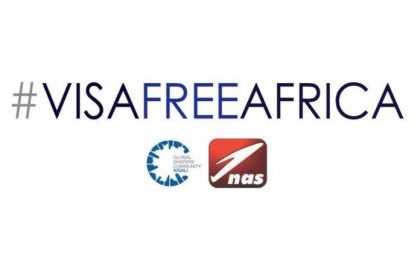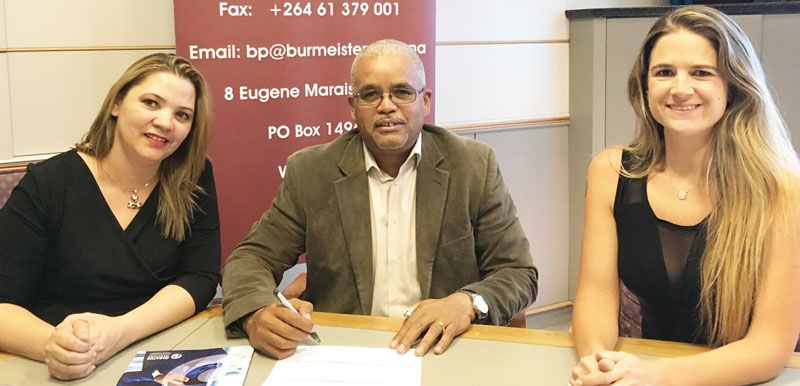
Fishing and mining can co-exist
Despite severe criticism on environmental issues, Namibian Marine Phosphate says its development of the Sandpiper project is not anticipated to have a significant effect on hake.
A key component of the licence granted to Namibian Marine Phosphate to develop the Sandpiper project, is the Environmental Impact Assessment (EIA), to assess the likely impact of dredging activities on marine life, including commercial fishing activities. The EIA was conducted by an independent fisheries expert.
According to Namibian Marine Phosphate, the expert’s conclusion is that the impact on fishing will vary depending on the species. The operation of all fisheries will in some way, and at different levels of intensity, be impacted. Overall, the impact is considered to be of medium to low significance because the area to be dredged over a 20-year period will be 3 km² per annum. It is a small fraction of the overall Namibian fishing grounds. This fraction may however increase significantly if mining of this nature is to be expanded or alternative mine sites introduced.
Although hake is found throughout the Mining Licence Area (MLA), it is unlikely that hake will be seriously affected by the dredging activities. As stated in the fisheries specialist report, “Within the MLA the historical catch (of hake) is 0.86% or about 1% of total hake trawl effort. There are minimal records of fishing in (target mine areas) SP-1 and SP-3 but fishing has been reported in SP-2”.
The report further stated, that in effect this means that the historical data show that in the actual area to be mined initially (SP-1) very little trawling has ever taken place. The target mine area is also close to the 200 m contour, an area which the Ministry of Fisheries has closed to fishing.
The EIA report further states that if the area immediately outside of the areas proposed for mining is considered, the following is likely.
“Trawling for hake, although it occurs significantly beyond the MLA, is highly unlikely to be affected”. What this means is that small amounts of hake fishing have been reported in the MLA but very little inside the actual areas proposed to be mined.
“Hake [is] found throughout the mining lease area. We assume the abundance of hake in the MLA and surrounding areas is fairly uniform, with higher levels of hake abundance in deeper water. Dredging at the specific sites is therefore expected to impact on hake, but due to their mobility hake will most likely avoid the dredged area. This will result in displacement of hake biomass into adjacent areas, mortality is unlikely. From an ecosystem perspective this will have implications only in a localised context. We assume hake will avoid the mined area.”












































